The world of One Piece is a sprawling, intricate world of lore and character development that has attracted fans for decades.
Created by Eiichiro Oda, One Piece is not just a story about pirates seeking treasure but a complex narrative woven with rich characters, intricate plots, and a deep universe that leaves much to the imagination.
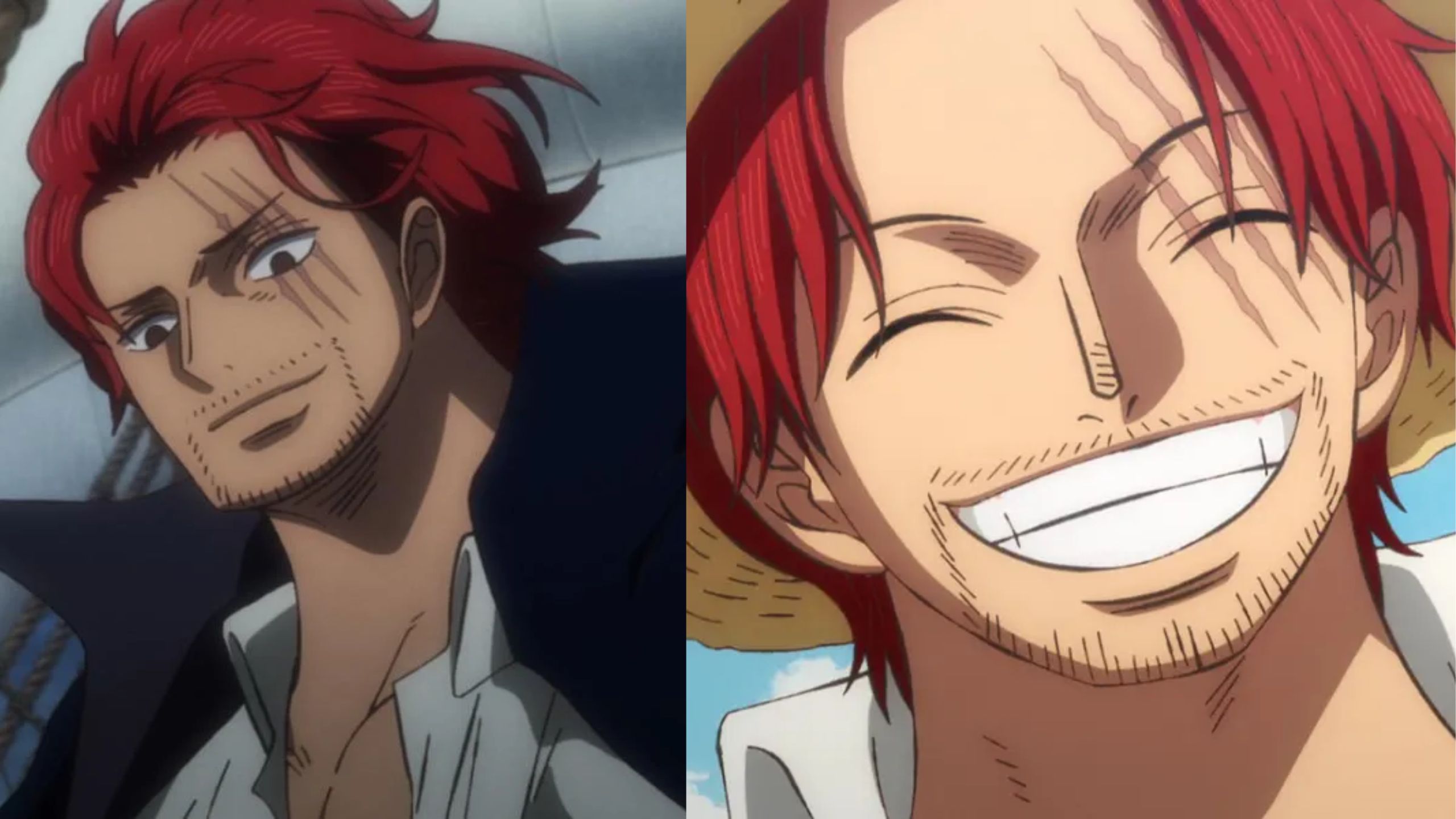
Over the years, this complexity has given rise to a multitude of fan theories, some of which have gained traction and sparked significant debate within the community.
Among these, one particularly intriguing theory that has recently resurfaced is the notion that Shanks, one of the series’ most mysterious and celebrated characters, might actually be an evil figure.
The Emergence of the “Shanks is Evil” Theory
The theory that Shanks could be an evil character has been around for some time but has gained renewed interest recently.
Shanks, known for his charismatic presence and mysterious background, has always been a subject of speculation among fans.
The recent developments in the series, including the potential revelation of Shanks’ connections to the Celestial Dragons, have added fuel to this theory.
— Pew (@realpewpiece) September 3, 2024
The Celestial Dragons are a group of powerful and often malevolent figures in the One Piece world, and any link to them could imply that Shanks has hidden, darker motives.
The resurgence of this theory was particularly notable after a fan highlighted a scene from the anime’s new opening sequence.
In this sequence, Shanks is shown in opposition to Kid, a character who is frequently depicted as a rival or antagonist.
The visual portrayal of Shanks as a potential adversary to Kid led some fans to speculate that this could be a foreshadowing of Shanks’ future role as a villain.
The theory quickly gained traction among certain segments of the fanbase, igniting a lively and often humorous debate.
Anime Opening Sequence: Symbolism or Spoiler?
The anime’s opening sequence, which features Shanks facing off against Kid, has become a focal point for those supporting the “Shanks is evil” theory.
This sequence contrasts characters typically viewed as “good” with those seen as “bad,” positioning Shanks as a formidable opponent.
Some fans have interpreted this depiction as an indication that Shanks might eventually turn to the dark side.
The idea is that the visual representation in the opening sequence could be hinting at a significant plot twist involving Shanks.
One fan who supported this interpretation argued that the sequence could be foreshadowing Shanks’ transformation into an antagonist.
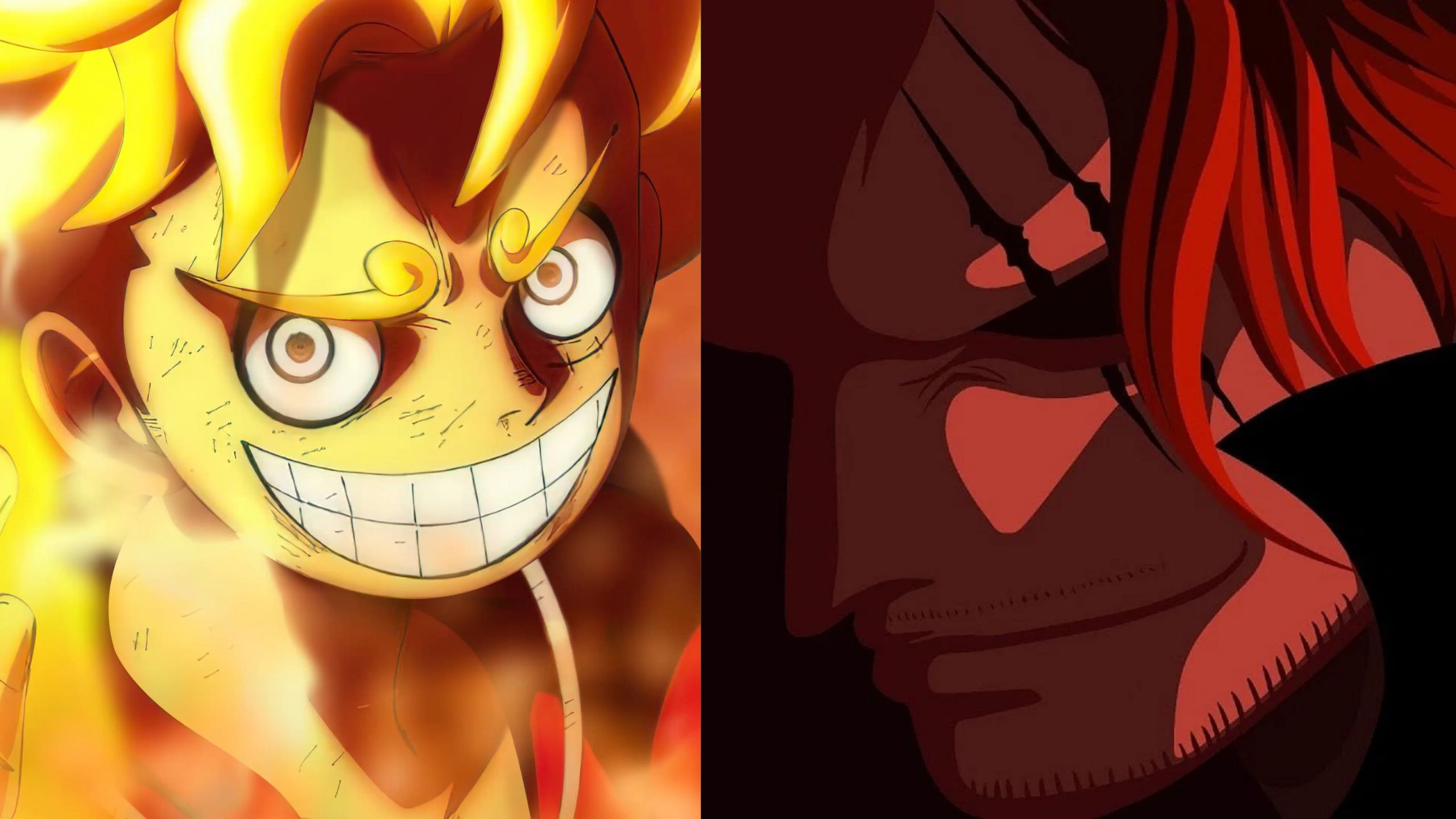
This viewpoint has sparked considerable discussion, with some fans eagerly embracing the theory and others dismissing it as speculative.
The debate highlights the broader issue of interpreting anime content, which can sometimes lead to varying and sometimes contradictory endings.
Counterarguments: Criticisms of the Theory
As the “Shanks is evil” theory gained traction, many fans were quick to offer counterarguments.
One of the primary criticisms came from those who pointed out that the anime opening sequence was created by Toei Animation, not Eiichiro Oda.
Toei Animation often produces promotional material that may not accurately reflect the manga’s storyline or character development.
As a result, some fans argued that the sequence should not be taken as definitive evidence of Shanks’ true nature.
“Toei don’t know a shit about ending of One Piece. And they made this Opening not Oda,” one fan commented, reflecting the sentiment that the anime’s promotional content should not be used as a basis for serious theory crafting.
Can't believe this nonsense made it to the english OP community
— M O S S J U R O (@TheMags53) September 3, 2024
Another significant point of contention is that Shanks’ role as an adversary in the opening sequence does not necessarily imply that he is evil.
In One Piece, characters often occupy complex and multifaceted roles that are not strictly binary in terms of good and evil.
For instance, Luffy, the series’ protagonist, has expressed his intention to defeat all four Emperors, including Shanks.
By this reasoning, Shanks being depicted as an opponent does not inherently mean he is evil but rather that he is one of the significant challenges Luffy must overcome on his journey.
“Luffy said himself he needs to beat all 4 emperors. So by that standard Shanks is technically an enemy,” another fan pointed out.
This perspective suggests that antagonistic roles are part of the narrative structure rather than indicators of a character’s moral alignment.
Drawing Comparisons with Other Characters
To further challenge the “Shanks is evil” theory, fans have drawn comparisons with other characters who have taken on adversarial roles without being considered villains.
One notable example is Kuzan, also known as Aokiji. Kuzan has played the role of an antagonist in various story arcs but is not perceived as inherently evil.
His actions are often driven by complex motivations rather than sheer malevolence.
One fan explained this comparison, writing, “They are enemies doesn’t necessarily mean they’re evil tho, Kuzan for sure is not evil but he is an enemy.”
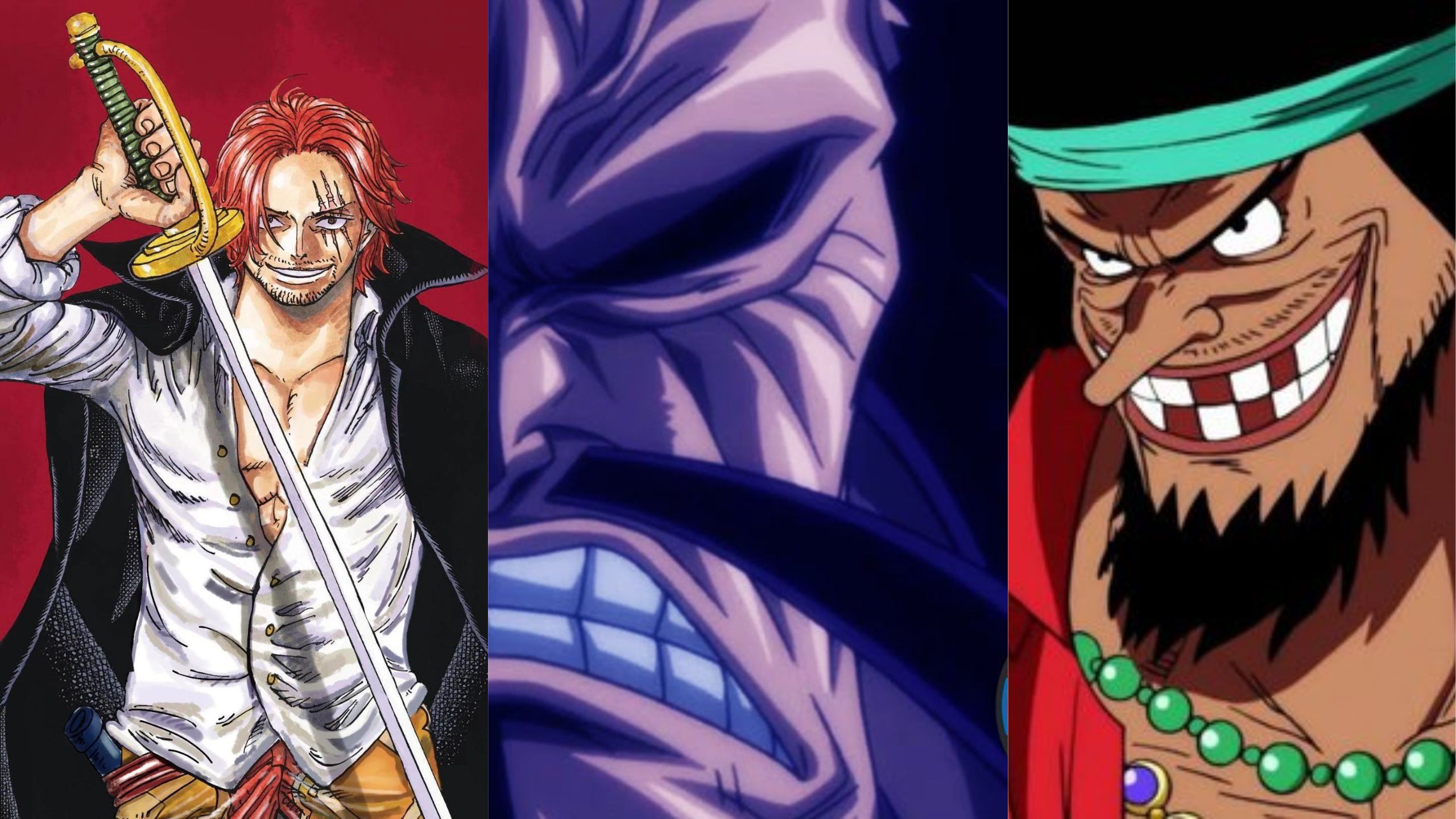
This comment underscores the idea that being an enemy or opponent in the context of One Piece does not automatically imply evil intentions.
Similarly, Shanks’ role as an adversary could be more about representing a significant challenge rather than indicating inherent villainy.
Another fan echoed this sentiment, suggesting that the depiction of Shanks as an enemy in the opening sequence is more about visualizing obstacles that need to be overcome rather than suggesting a literal alignment with evil.
“Doesn’t really work since Kuzan is not evil, it’s more so a visualization of an obstacle that needs to be overcome to progress in the journey,” they wrote.
This perspective aligns with the broader theme in One Piece, where characters face various challenges and adversaries as part of their growth and development.
Role of Fan Theories in the Community
The discussion surrounding the “Shanks is evil” theory also highlights the role of fan theories in the One Piece community.
Theories and speculations are a natural part of fandom culture, allowing fans to engage deeply with the narrative and explore different possibilities.
While some theories are grounded in concrete evidence, others are more speculative and based on interpretations of visual or narrative cues.
The “Shanks is evil” theory is a prime example of how fan theories can generate significant debate and engagement.

While some fans embrace such theories as exciting possibilities, others approach them with skepticism and critical analysis.
This variety of perspectives enriches the fan experience and contributes to the ongoing discussion about the series’ direction and character development.
Anticipated Future Developments
As the One Piece storyline continues to evolve, there are potential developments that could shed light on Shanks’ character and his connections to the Celestial Dragons.
Alleged spoilers for One Piece Chapter 1125 suggest significant changes involving Saint Saturn, another high-ranking Celestial Dragon.
According to these spoilers, Saint Saturn may meet his demise, leading to Figarland Garling’s ascension to the position of an Elder.
If Figarland is indeed Shanks’ biological father, this development could provide additional context for Shanks’ character and actions.
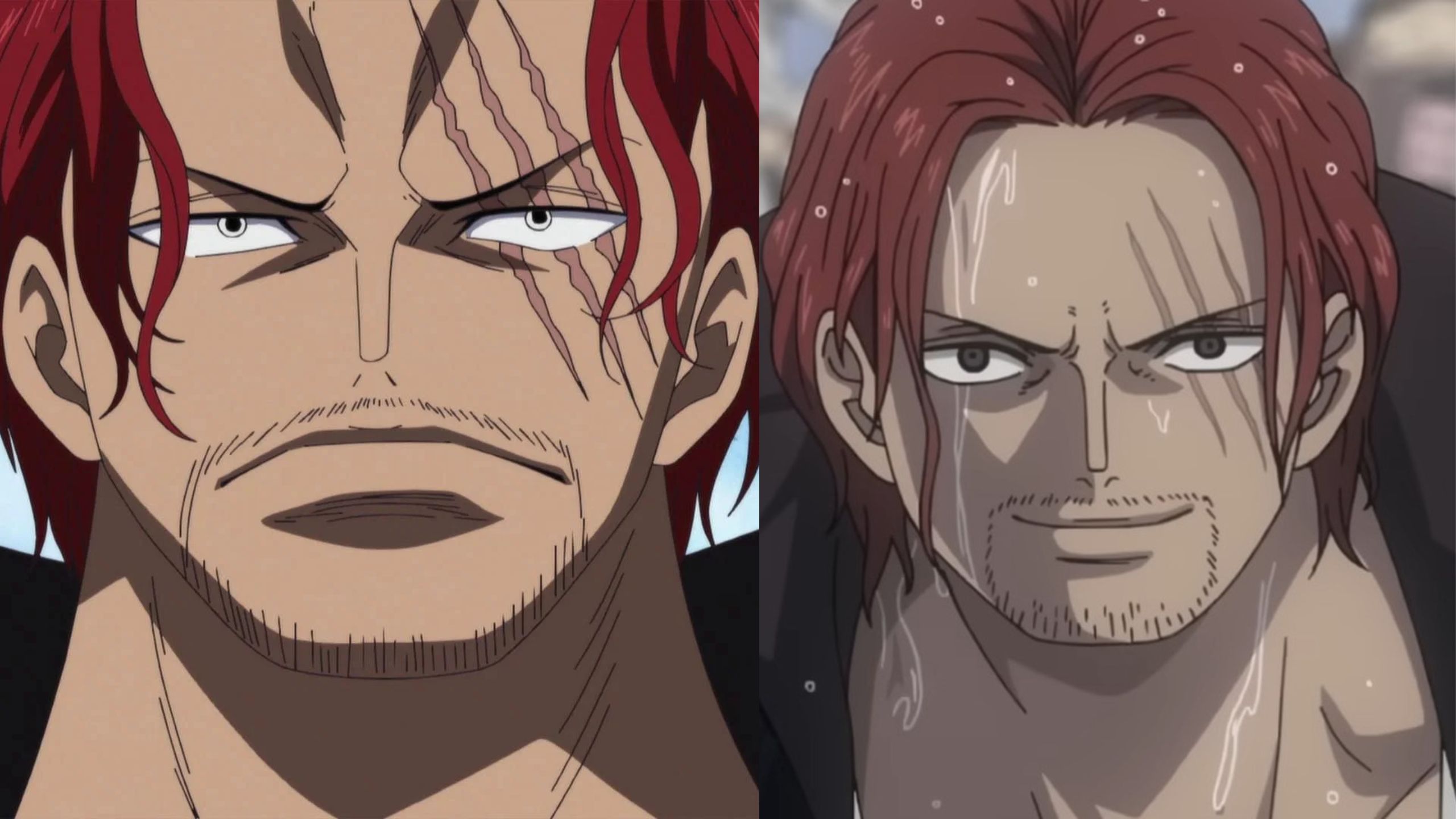
The potential rise of Figarland Garling could also expand on the allegations against Shanks, offering further insights into his background and motivations.
As fans eagerly await these revelations, the theory that Shanks might be an evil character remains a topic of speculation and discussion.
The ongoing debate reflects the richness of the One Piece universe and the depth of engagement from its fanbase.
The Fun and Drama of Fan Theories
The debate over Shanks’ potential alignment with evil is a testament to the vibrancy and passion of the One Piece community.
Fans invest significant time and energy into theorizing about the series, and these discussions often lead to lively and entertaining exchanges.
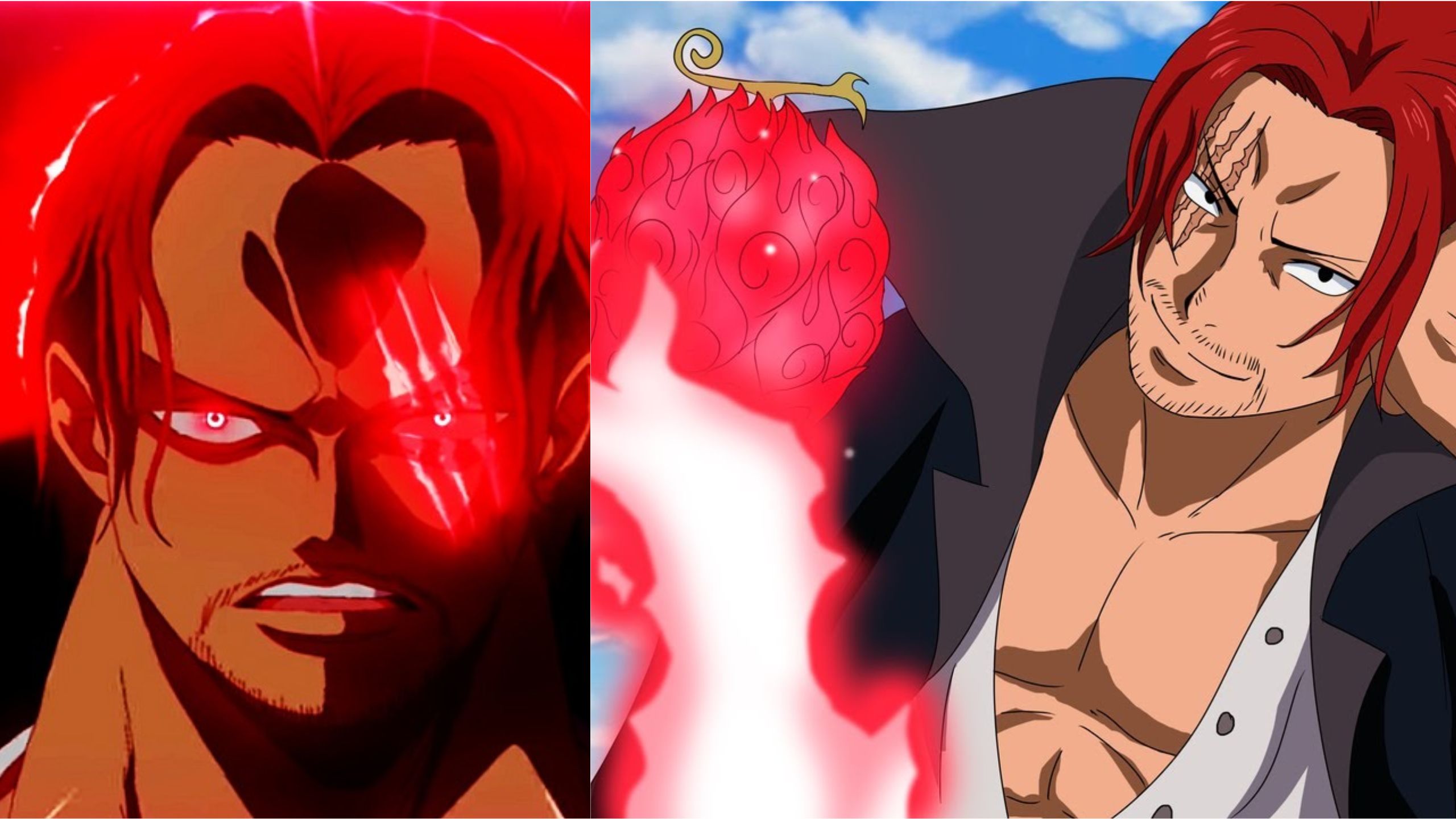
Whether or not Shanks is ultimately revealed to be evil, the theories and debates surrounding his character contribute to the excitement and engagement of the fanbase.
Fan theories, including the idea that Shanks might be evil, serve as a form of creative exploration and interaction with the story.
They allow fans to speculate on various possibilities and imagine how different plotlines might unfold. While not all theories will ultimately be proven correct, they add an element of fun and anticipation to the fan experience.
The “Shanks is evil” theory has generated a substantial amount of discussion and amusement within the One Piece fandom.
The theory, which gained attention following a recent anime opening sequence, has been met with a range of reactions from fans.
While some have embraced the theory and sought evidence to support it, others have criticized it as speculative and unfounded.
The anime’s promotional material, created by Toei Animation, has been a key point of contention, with many fans arguing that it should not be taken as definitive evidence.
Critics of the theory have highlighted the complexity of Shanks’ role and the broader theme of obstacles and challenges in One Piece.
Comparisons with other characters who have taken on adversarial roles without being considered evil further support the idea that Shanks’ role might be more about representing a significant challenge rather than indicating inherent villainy.
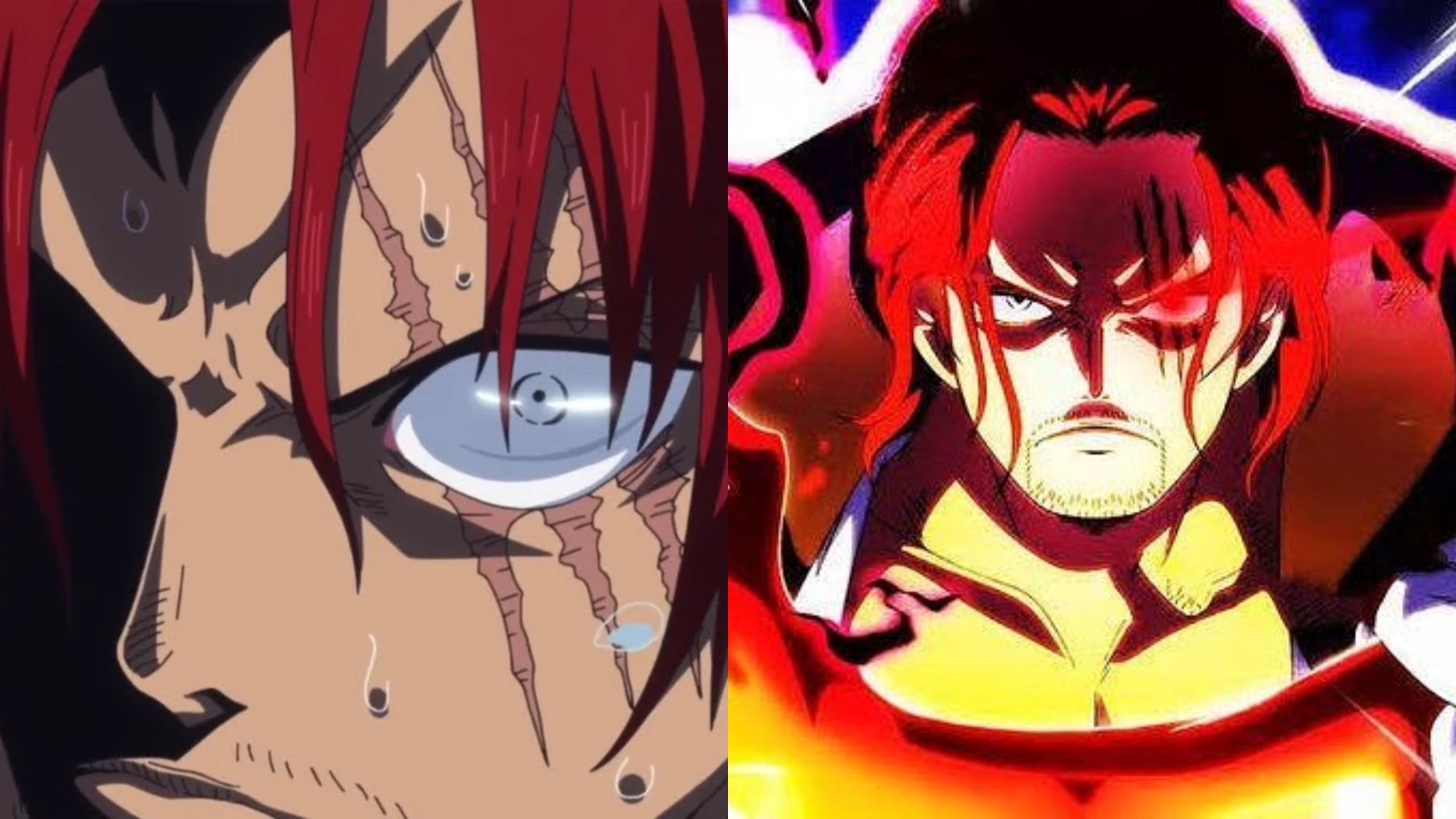
As the storyline progresses, future developments may provide additional context and clarity regarding Shanks’ character and his connections to the Celestial Dragons.
The ongoing debate and speculation reflect the depth and enthusiasm of the One Piece community, showcasing the rich engagement that fans bring to the series.
Regardless of whether Shanks is ultimately revealed to be evil, the discussions and theories surrounding his character are a testament to the passion and creativity of the fanbase.
Theories like these contribute to the vibrant drapes of fan interactions that make One Piece a truly unique and engaging experience for its audience.





